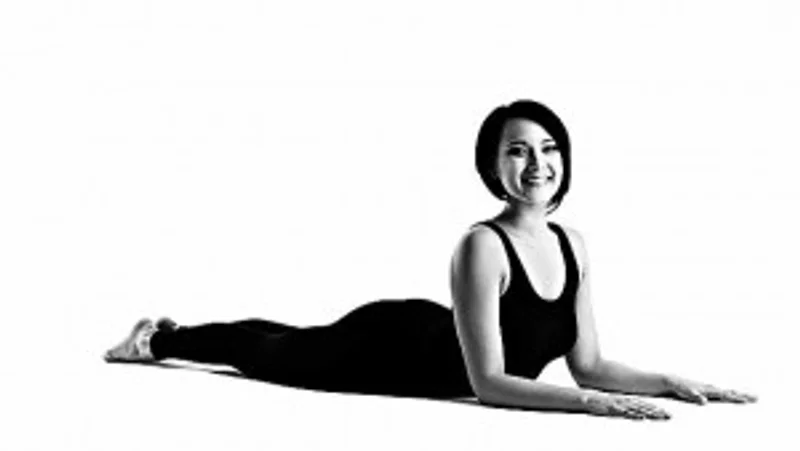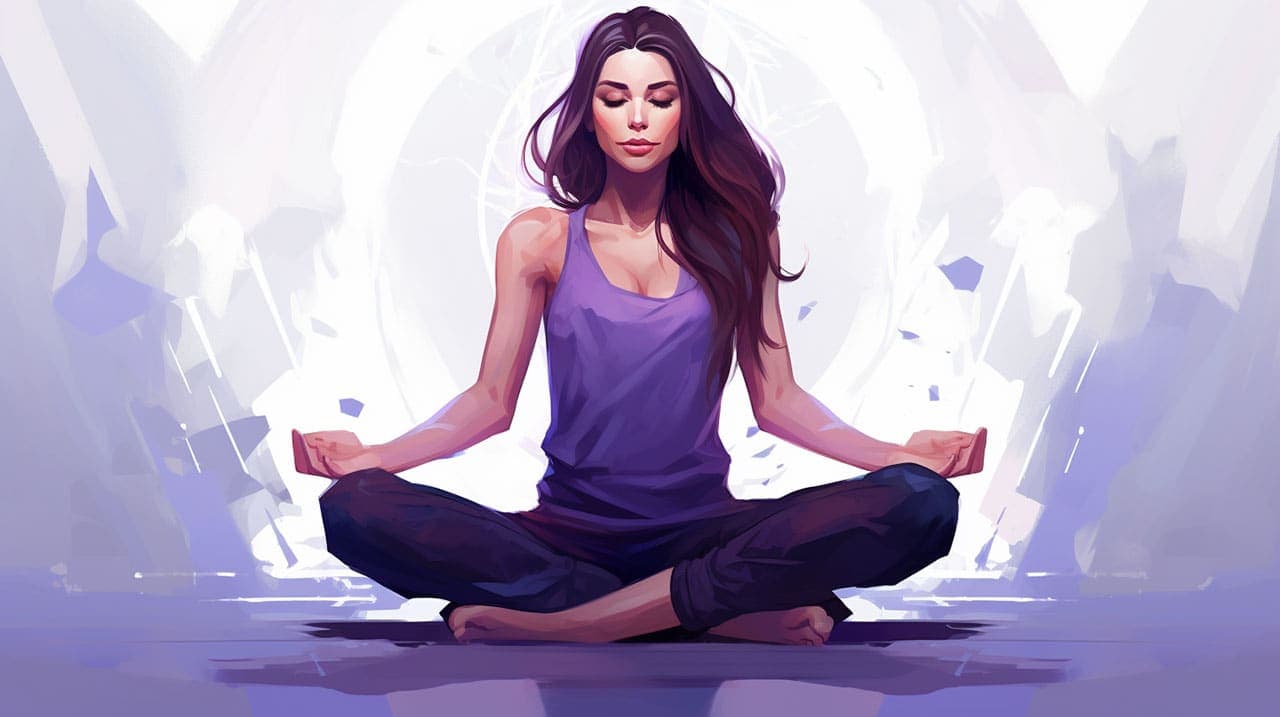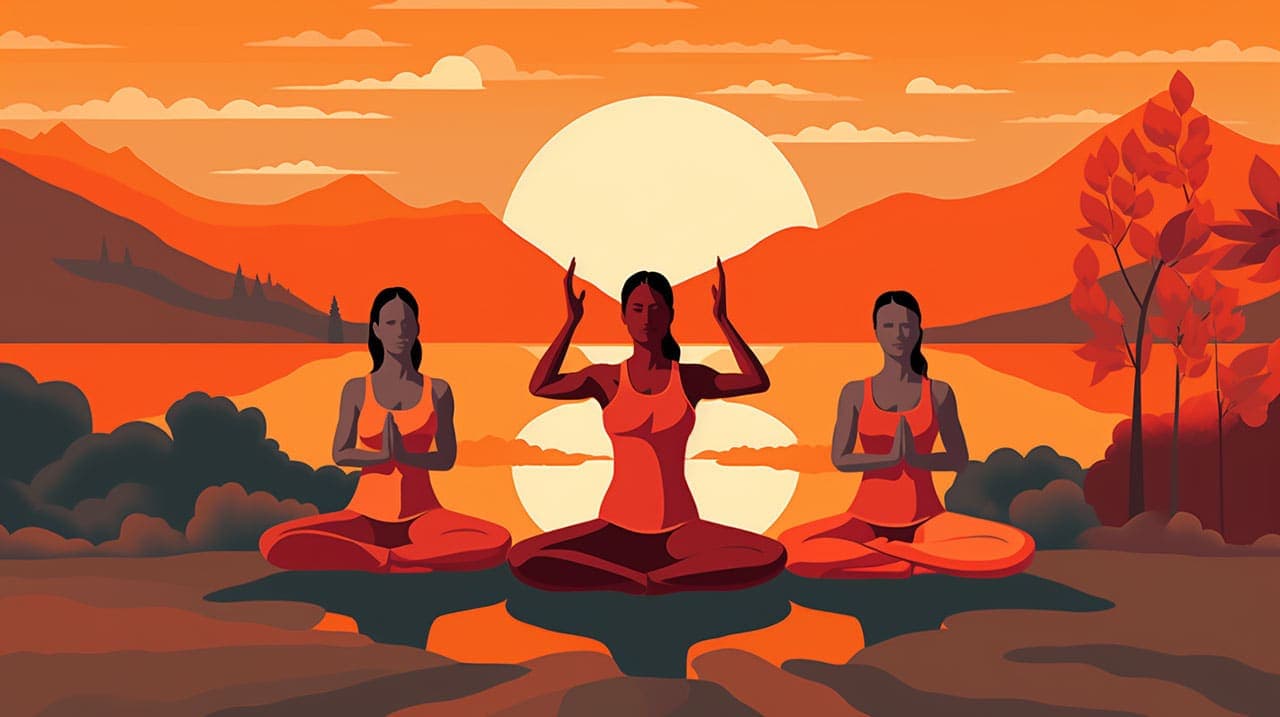
5 Yoga Poses for Lower Back Pain
You never really notice just how much your back muscles are being used each day until something goes wrong. According to the Mayo Clinic, lower back pain is something that most people will experience at one point of their lives. Whether you are a professional athlete, a regular healthy person or even someone who doesn’t exercise at all, lower back pain is always possible. A lower back pain of any magnitude should not be ignored. Once you have identified the cause of the pain, there are many ways to treat it. Various lower back targeted exercises and various yoga positions have the ability to provide much needed relief and even, long term results. A lower back pain treatment regime can require anything from physical therapy all the way to surgery. This is why it is extremely important to obtain the permission of your doctor or specialized therapist to make sure that it is actually safe to add lower back exercises into your treatment plan. Yoga and other exercise treatment options are generally safe and have little or no side effects. It is a well-known fact that stretching can cause relief to overused, tired and sore muscles. It is pretty much the same when it comes to lower back targeted yoga exercises. A study conducted by researcher, Karen J. Sheman of the Group Health Research Institute in Seattle has proven that chronic back pain symptoms were greatly reduced in those who took stretching classes or yoga lessons in comparison to the control group. The results lasted for over six months. If you are ready to try out yoga as a way to obtain relief and prevent lower back pain and other associated problems, below, are 5 easy yoga poses for you to try out.
The Cat and Cow Stretch
- This is a tried and proven pose that works great as a stretching move as well as a warm-up for your spine.
- Place your hands and knees on the yoga mat and keep your back flat.
- Start inhaling and as the breath flows in, soften your belly, arch your back and lift your tailbone and head. This part of the pose is known as the ‘cow’.
- As you exhale, arch your back upwards and pull your abs up towards your spinal column. At the same time, your tailbone has to be tucked in while your chin is drawn towards your chest. This part of the pose is called ‘cat’.
- Continue breathing in and out while flowing from cat to cow and continue to breathe deeply. The movements should be slow and fluid and not rushed.
The Sphinx

- This pose works by opening up your abs, shoulders and chest.
- Like on your stomach and hold your legs together and your arms straight out.
- As you inhale very slowly, move your hands towards your stomach. Your hips and thighs will be on the ground while your back arches. Bend your elbows slightly and keep your buttocks relaxed.
- Roll your shoulders away from your ears and stretch your neck. Move your back towards your shoulder blades and keep your gaze in front of you.
- Hold the pose for five breaths and exhale slowly as you release to the original pose.
The Downward Dog
- This is a popular yoga pose with great potential for strengthening the lower back muscles as well as for improving posture.
- Start out on your hands and knees. Walk your hands forward to a positioning just in front of your shoulders.
- Curl your toes to the ground and push up. Your bottom will be lifted up on straight legs. Keep your abs engaged and your back straight.
- Pull your shoulder blades together and let your head hang in its natural position. Use your thigh muscles to support your back.
- Hold this pose for as long as it is comfortable. The recommended duration is about 10 slow, deep breaths.
The Seated Spinal Twist
This is a position that has to be handled with care due to the deep spinal twist. However, once mastered, it will stretch and twist your spine to make you more flexible and to strengthen your muscles.
- Sit down and extend your legs in front of you.
- Bend your left knee and pull your heel towards your right hip.
- Bend your right knee and place the right foot on the left side of the left knee.
- Place your right palm on the floor a couple of inches away from your bottom.
- Bend your left elbow and press it against the outer right portion of your right thigh. Press firmly to increase the twist.
- Hold the post for about five breaths and repeat on the other side.
The Eagle Spinal Twist
- This pose is considered to be an ultra-relaxing one that delivers spinal flexibility on your sides.
- Lie on your back and hug your knees to your chest.
- Cross your right knee in front of the left one and wrap your left toes around the right ankle’s back.
- Move your arms outwards with your elbows held at right angles and your palms facing upwards.
- Lower both of your knees to the left side and rest them on the ground as you turn your head towards the right side. Make sure to keep this movement very slow.
- Hold this position for about five breaths. Don’t be alarmed if you hear a few cracks as your spine twists and lengthens.
- Lift your knees back towards the center and uncross your legs. Repeat steps 1 – 5 on the opposite way.
As mentioned earlier, the consultation of a physician is essential before any of these positions are attempted, especially if you don’t engage in yoga exercise on a regular basis. In addition, be sure to seek assistance from a qualified yoga instructor at least in the first few sessions. It is important to not stretch out your body in uncomfortable ways as it can promote even more serious issues. When performed correctly and regularly, the right yoga positions can go a long way when it comes to improving lower back health.
About the Author
The Yoga Simple Team is dedicated to making yoga accessible and enjoyable for everyone. With a focus on practical tips and mindful living, we help you integrate yoga into your daily life.
Related Posts

How to Get Good at Yoga Fast: Tips from Your BFF (Best Flexible Friend)
Ready to fast-track your yoga journey? Dive into our friendly guide brimming with tips and giggles, ensuring you're not just practicing but thriving and having fun on the mat!

The Trio Triumph: Embarking on a 3 Person Yoga Challenge
Yoga is often seen as a solo journey to self-discovery and inner peace. Yet, it can also be a group adventure, a shared experience that fosters connection and...

Techniques for Mastering Challenging Yoga Poses
Hey there! So, you've been practicing yoga for a while now, and you're ready to step up your game? You want to tackle those challenging yoga poses that you've...